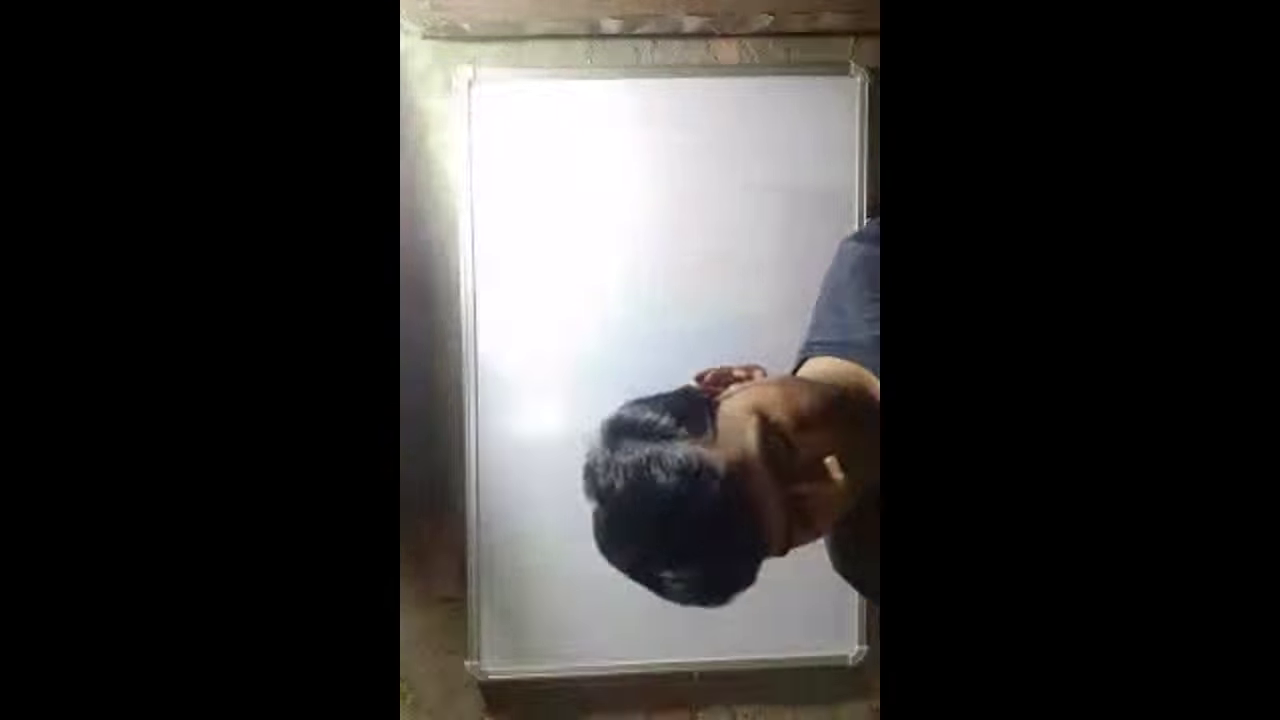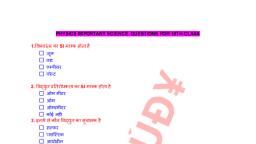Question 2 :
The weight of an object in air is $25 N$ and the weight of that object when submerged in water is $20 N$? What is the relative density of the object? 
Question 3 :
Buoyant force acting on an object is equal to the ___
Question 4 :
If a rock is brought from the surface of the moon<br>
Question 5 :
Assertion: Pins and nails are made to have pointed ends in order to have the minimal area of contact between the pointed ends and the given surface.
Reason: Minimal area of contact means that the pressure applied on the surface by the pin is greater.
Question 6 :
The mass of a planet is $5$ times the mass of the earth but its diameter is the same as that of the earth. How much work is done in lifting a stone of mass $3\ kg$ through a distance of $1\ m$ on this planet?
Question 7 :
As the density of a series of liquids increases, the upthrust on the iron rod submerged ________.
Question 8 :
When a body is fully immersed in a liquid, the loss of weight of the body is equal to:
Question 9 :
Assertion: Acceleration due to gravity at a place on earth remains constant for all objects
Reason: Acceleration due to gravity doesn't depend on the mass of the object but only on mass of earth
Question 12 :
If value of acceleration due to gravity changes from one place to another, which of the following force will undergo a change?
Question 13 :
Equal masses of water and a liquid a relative density $2$ are mixed together, then the mixture has a density (in $g\ cm^{-3}$) of
Question 14 :
The density of newly discovered planet is twice that of the earth. The acceleration due to gravity at the surface of the planet is equal to that at the surface of the earth. If the radius of the earth is It the radius of the plane would be
Question 15 :
The radius and density of two artificialsatellites are $R_{1}$ , $R_{2}$ and $\rho_{1}$, $\rho_{2}$respectively.The ratio of accelerations due to gravity onthem will be:<br>
Question 16 :
The radius of earth is about $6400$ km and that of mars is $3200$ km . Thus mars of the earth is about 10 times mass of mars. An object weighs 200 N on the surface of earth. Then its weight on the surface of mars will be
Question 17 :
A rectangular iron block is kept over a table with different faces touching the table. In different cases, the block exerts :
Question 18 :
A gun is aimed at a target in a line of its barrel. The target is released and allowed to fall under gravity at the same instant the gun is fired. The bullet will
Question 19 :
$R$ and $r$ are the radii of the Earth and the Moon respectively and $\rho_e$ and $\rho_m$ are the densities of the Earth and Moon respectively. The ratio of acceleration due to gravity on the surface of the Earth to the Moon is:
Question 20 :
Two planets of radii $R_{1}$ and $R_{2}$ have masses $M_{1}$ and $M_{2}$ such that $\dfrac {M_{1}}{M_{2}} = \dfrac {1}{9}$. The weight of an object on these planets is $w_{1}$ and $w_{2}$ such that $\dfrac {w_{1}}{w_{2}} = \dfrac {4}{9}$. The ratio $R_{1}/R_{2}$.
Question 21 :
If the distance between the Sun and Earth is increased by three times then attraction between two will:
Question 22 :
Assume that the Earth goes round the sun in a circular orbit with a constant speed of $30 km/s$<br/>
Question 23 :
If R is the radius of a planet, g is the acceleration due to gravity then find the mean density of the planet
Question 24 :
The maximum vertical distance through which a fully dressed astronaut can jump on the earth is 0.5 m. If mean density of the moon is two thirds that of the earth and radius is one quarter that of the earth, the maximum vertical distance through which he can jump on the moon and the ratio of time of duration of the jump on the moon to that on the earth are.
Question 25 :
A body of weight $1N$ is placed at the surface of the earth, which is assumed to be a perfect sphere of radius $6400 km $ . It is taken to a height of $600 km $ , the weight of the body, in $N$ , would be :

































